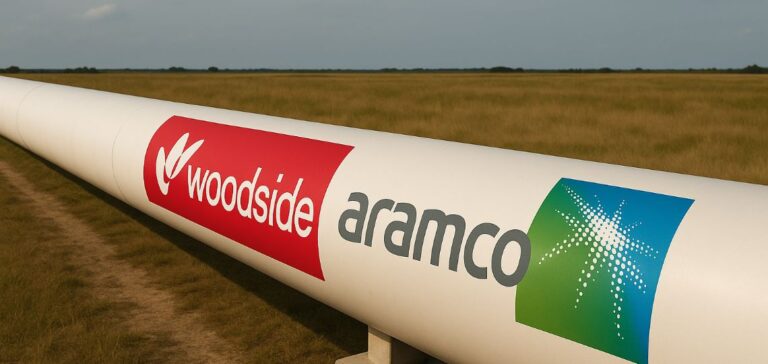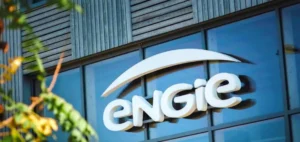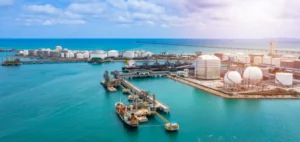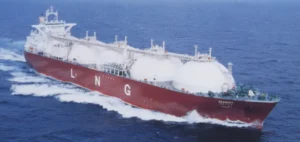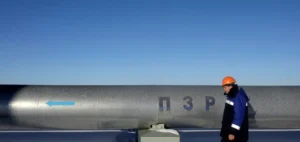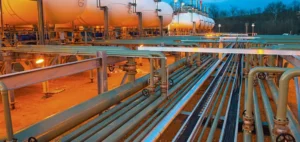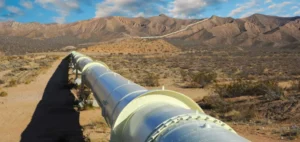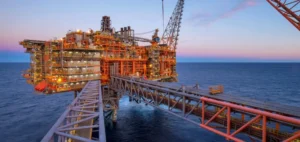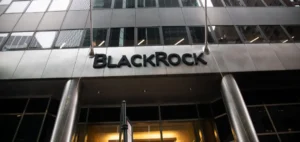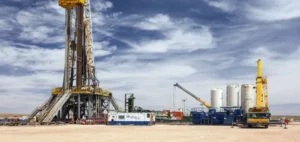Australian producer Woodside Energy Group Ltd stated it has entered into an agreement with Saudi Arabian Oil Company (Saudi Aramco) to explore a potential stake in its $17.5bn liquefied natural gas (LNG) project in Louisiana. The collaboration may also include an LNG supply agreement.
A strategic project for Woodside
Woodside gave final approval for the site’s development in April, betting on a U.S. administration favourable to fossil fuels and strong LNG demand to ensure competitive returns. The project will feature three liquefaction trains with a planned annual capacity of 16.5 million tonnes and is expected to start operations in 2029.
As part of the development, Woodside has already sold a 40% interest in the entity holding the project’s infrastructure to U.S. investor Stonepeak for $5.7bn. This partial divestment reflects strong financial sector interest in large-scale natural gas developments.
Aramco expands gas ambitions
Saudi Aramco’s potential entry, as the world’s leading oil producer, would enhance the project’s market credibility, according to Saul Kavonic, senior energy analyst at MST Marquee. He stated, “Aramco aren’t doing this just for a few percent of volumes. When they go into something, they go big.”
Beyond LNG, discussions between Aramco and Woodside also concern potential cooperation in low-carbon ammonia. This segment, still emerging, represents a strategic diversification opportunity for both firms across Asian markets.
Ongoing talks with Asian partners
Woodside confirmed it is in talks with several Asian buyers, including Tokyo Gas Co., Ltd. and JERA Co., Inc., for additional partnerships. Attracting new investors in Asia may help spread financial risk and secure outlets for the site’s future output.
Meg O’Neill, Chief Executive Officer of Woodside, said the agreement reflects “the strong ongoing interest Louisiana LNG is generating among high-quality potential investors.” No specific timeline has yet been provided for reaching a formal agreement with Aramco.


